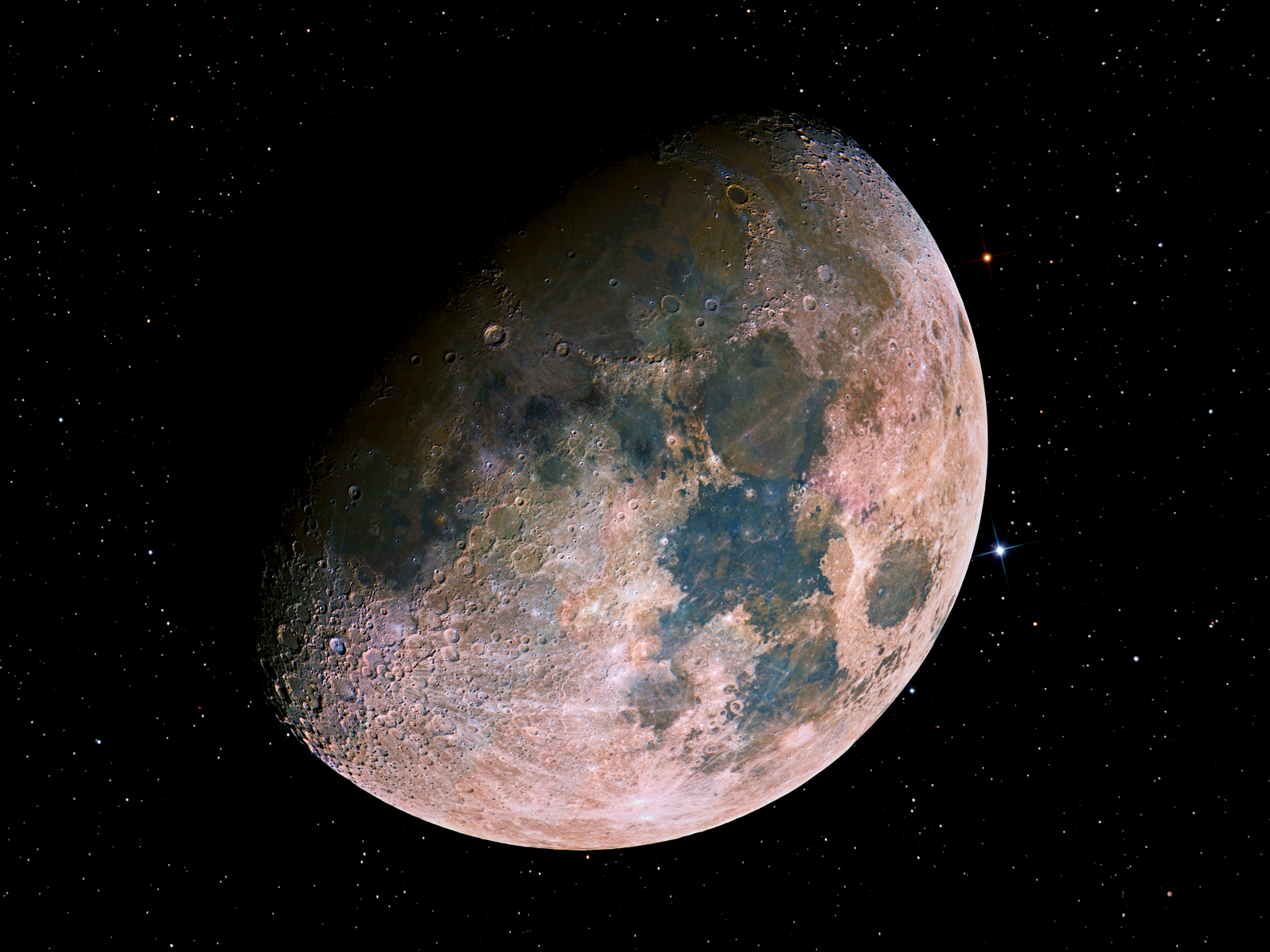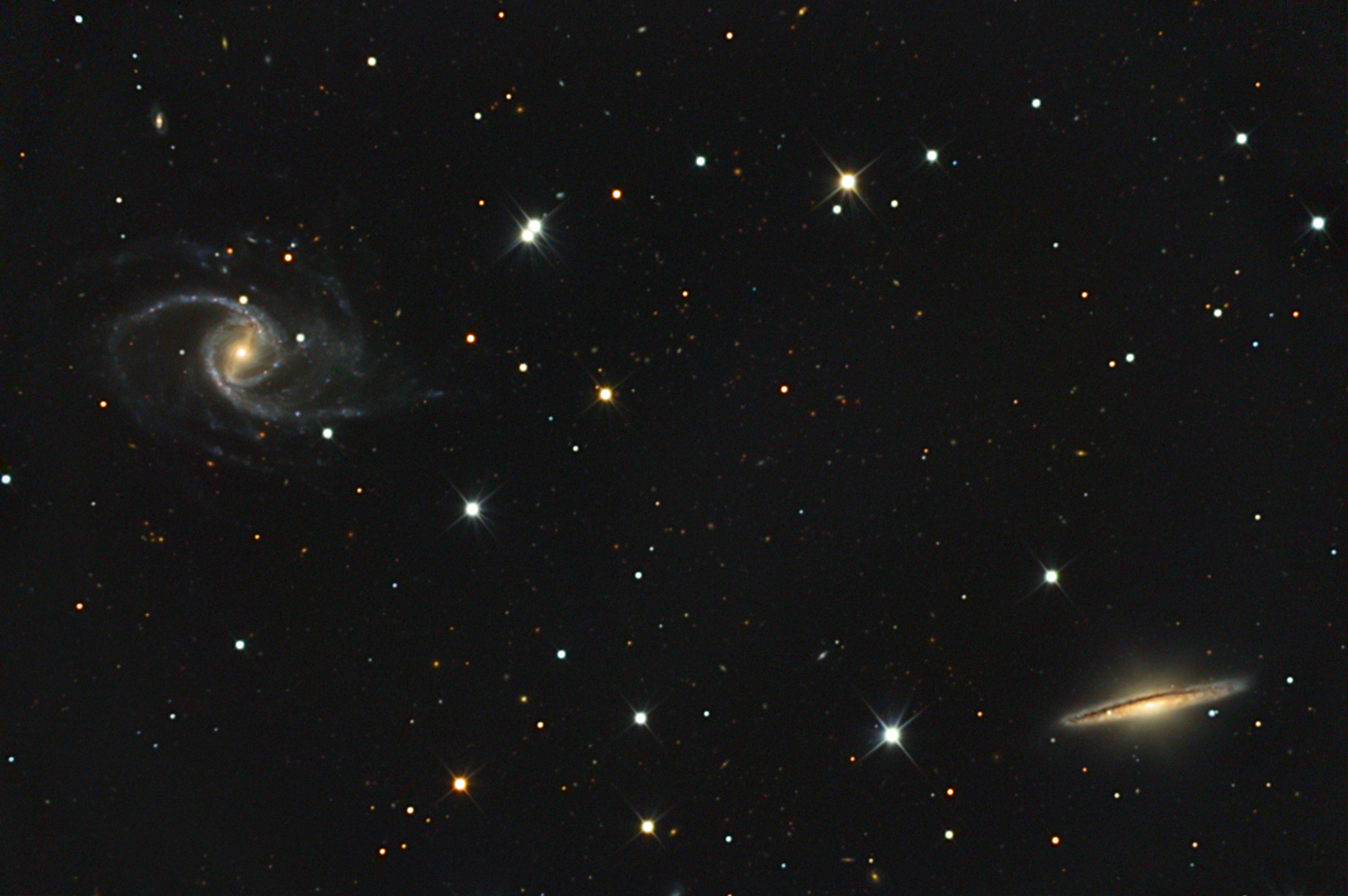Friday, September 29, 2006
Tuesday, September 26, 2006
Apod:The international space station expands again!
 Once Again, The international Space Station has changed for the better(Hopefully!). The Space Shuttle Atlantis has visited it recently and came bearing new parts, including the long solar panels that are seen in this picture. You can see the new panels in the upper left corner of the space station. Also visible in this picture are numerous different modules, solar panels, a supply ship, and of course a robotic arm(without which no respectable space station would be complete).
Once Again, The international Space Station has changed for the better(Hopefully!). The Space Shuttle Atlantis has visited it recently and came bearing new parts, including the long solar panels that are seen in this picture. You can see the new panels in the upper left corner of the space station. Also visible in this picture are numerous different modules, solar panels, a supply ship, and of course a robotic arm(without which no respectable space station would be complete).
Friday, September 15, 2006
M33:Spiral Galaxy in Triangulum
 Triangulum, this small northern constellation located in the north, harbors this spiral galaxy. It is known as M33, or the pinweel galaxy as well as the triangulum. M33 is over 50,000 light-years in diameter, third largest in the local group of galaxies after the Andromeda Galaxy (M31), and our own Milky Way. This galaxy is thought to be a satellite of the andromeda galaxy. At about 1 o clock from the galaxy cener, NGC 604 is the brightest star forming region. Astronomers use the variable stars to measure distances to other places in the universe. That Rocks!
Triangulum, this small northern constellation located in the north, harbors this spiral galaxy. It is known as M33, or the pinweel galaxy as well as the triangulum. M33 is over 50,000 light-years in diameter, third largest in the local group of galaxies after the Andromeda Galaxy (M31), and our own Milky Way. This galaxy is thought to be a satellite of the andromeda galaxy. At about 1 o clock from the galaxy cener, NGC 604 is the brightest star forming region. Astronomers use the variable stars to measure distances to other places in the universe. That Rocks!
Wednesday, September 13, 2006
Observations for friday september 8th 2006
I observed the sky for a few hours from myakka, off of exit 193. The sky was very beautiful and was clear for most of the night.I saw what appears to be the saggitarius constellation and was able to make out the teapot asterism. The moon was also very bright and appeared to the eye to be in it's full phase. I was also to make out polaris. I was also able to observe opiuchus to the east.
 This picture is a colorful mosaic of the moon. While no single picture or exposure can capture the full color of the moon and the stars behind it, pictures like this one can. This is because this picture is a composite of several different exposures, put together as one picture. The different colors of the moon surface represent the different chemical compositions of the surface, which are real, although they are exxagerated in the picture.
This picture is a colorful mosaic of the moon. While no single picture or exposure can capture the full color of the moon and the stars behind it, pictures like this one can. This is because this picture is a composite of several different exposures, put together as one picture. The different colors of the moon surface represent the different chemical compositions of the surface, which are real, although they are exxagerated in the picture.
Friday, September 01, 2006
Extra Galaxies

This image reveals a surprising number of galaxies both near and far toward the constellation Ursa Major. The warped spiral galaxy found near picture center is called NGC 3718. It's spiral arms are twisted and extended. 150 thousand light-years to the right one can see another large spiral galaxy, NGC 3729. The two galaxies are interacting with each other gravitationally, which explains why NGC 3718's arms are twisted and extended. While this galaxy pair lies about 52 million light-years away, the remarkable Hickson Group 56 can also be seen clustered just below NGC 3718, This "Group" consists of five interacting galaxies, and lies 400 million light years away.


